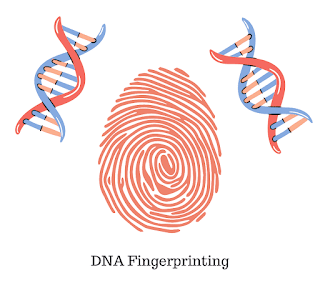Photoelectric effect: Definition, Properties and Applications
Welcome to Sciencedoze. Today we will learn about Photoelectric effect in detail. This article consists Photoelectric effect, It's properties, Einstein's theory of Photoelectric effect and applications of Photoelectric effect. So let's begin!!
What is Photoelectric Effect?
The phenomenon of emission of electrons from a metal surface, when electromagnetic radiations of sufficiently high frequency are incident on it, is called photoelectric effect. The photo (light)- generated electrons are called photoelectrons.
What are the Laws of Photoelectric Emission?
On the basis of the experimental results on photoelectric effect, Lenard and millikan gave the following laws of the photoelectric emission:- For a given photosensitive material and frequency of incident radiation, (above the threshold frequency), the photoelectric current is directly proportional to the intensity of light. The saturation current is directly proportional to the intensity of incident radiation.
- For a given for photosensitive material, there exists a certain minimum cut-off frequency below which no photo electrons are emitted, howsoever high is the intensity of incident radiation. This frequency called threshold frequency.
- Above the threshold frequency, the stopping potential or equivalently the maximum kinetic energy of the photoelectrons is directly proportional to the frequency of incident radiation, but is independent of its intensity.
- The photoelectric emission is an instantaneous process. The time lag between the incidence of light radiation and the emission of photoelectrons is very small, even less than 10^-9 s.
What is the Einstein's Theory of Photoelectric Effect?
In 1905, Einstein explained photoelectric effect on the basis of Planck's Quantum theory according to which a light radiation travels in the form of discrete photons. The energy of each Photon is hv, where h is Planck's constant and v is the frequency of light.
The main points of the Einstein's theory of photoelectric effect are:
- Photoelectric emission is the result of interaction of two particles-one a photon of incident radiation and the other an electron of photosensitive metal.
- The free electrons are bound within the metal due to restraining forces on the surface. The minimum energy required to liberate an electron from the metal surface is called Work Function (W°) of the metal.
- Each photon interacts with one electron. The energy hv of the incident photon is used up in two parts:
(b) the remaining energy of the photon is used in imparting kinetic energy to the ejected electron.
- Very few(<1%) photons, whose energies are greater than W°, are capable of ejecting the photo-electrons.
What are the Properties of Photoelectric Effect?
1. Explanation of effect of intensity
The increase of intensity means the increase in the number of photons striking the metal surface per unit time. As each photon ejects only one electron, so the number of ejected photoelectrons increases with the increase in the intensity of incident radiation.2. Explanation of threshold frequency
If v<v° that is the frequency of incident radiation is less than the threshold frequency, the kinetic energy of photoelectrons becomes negative. This has no physical meaning. So photoelectric emission does not occur below the threshold frequency.3. Explanation of kinetic energy
If v>v° that is above threshold frequency, the maximum kinetic energy of the electrons increases linearly with the frequency v of the incident radiation. Moreover, the increase in intensity increases only the number of incident photons not their energy. Hence the maximum kinetic energy of the photoelectrons is independent of the intensity of incident radiation.4. Explanation of time lag
Photoelectric emission is the result of an elastic collision between a photon and electron. Thus the absorption of energy from a photon by a free electron inside the metal is a single event which involves transfer of energy in one lump instead of the continuous absorption of energy as in the wave theory of light. Hence there is no time lag between the incidence of a photon and the emission of a photoelectron.What are the Applications of Photoelectric Effect?
Photo cell
It is a device which is based on the principle of photoelectric emission which converts light energy into electrical energy. There are three types of photo cells:-
1. Photo-emissive cell
This cell contains a cathode and anode. When incident radiation strikes on the photosensitive cathode then it loses photoelectrons which are collected by anode and the circuit gets complete. Hence photoelectric current flows.2. Photo-conductive cell
It makes use of the fact that electrical conductivity of a photosensitive semiconductor (eg.,selenium) increases when exposed to light due to excitation of additional free charge carriers by the incident photons.3. Photo-voltaic cell
It makes use of the fact that an EMF is produced between two layers of different materials as a result of irridation. This cell supplies a current without using an external battery and is used exposure-metres of good cameras and in solar batteries.This is all about Photoelectric effect. If you have doubts and questions then drop it down in comments section, we will reach to you. Thanks for reading.
Cheers
Sciencedoze






